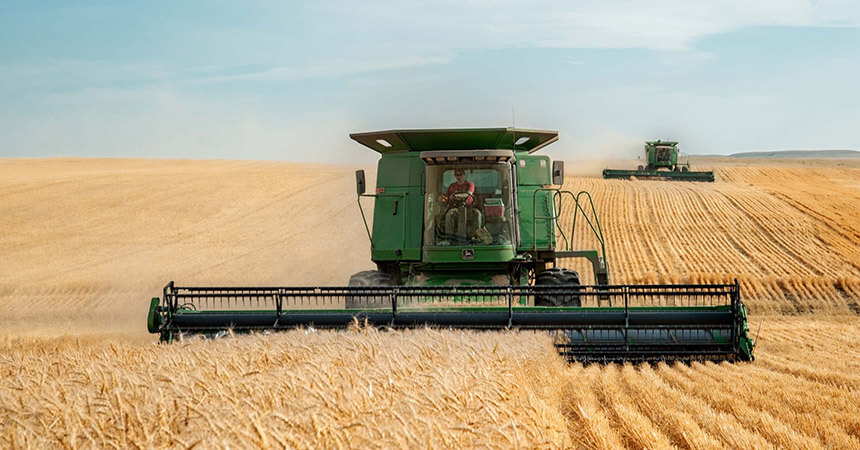Pyramiding Oviposition Deterrence and Sm1 to Control Wheat Midge

Written by: Ellen Cottee
Lead Researcher: Dr. Alejandro Costamagna, University of Manitoba
As many farmers know, there is only so much they can do to guarantee a good crop – and all that hard work can be undone by a pest less than an eighth of an inch long. Fond of spring and durum wheat in particular, wheat midge are born ready to destroy a crop through their appetite.
Currently, wheat midge in the prairies are largely controlled through the use of varieties with the Sm1 gene, which kills midge larvae as they feed on the plant with minimal damage to the wheat. However, there is a risk this protection will be overridden by evolution: wheat midge are able to mutate through each generation, eventually becoming resistant to effects of the Sm1 gene.
While the risk is still years away, Dr. Costamagna at the University of Manitoba wants to be sure Canadian farmers are ready to fight back against wheat midge if that day comes. Through funding from the 2018-2023 Canadian National Wheat Cluster, he began research on another mitigation opportunity found in wheat genetics – volatiles.
“The chances you have individuals with mutations that allow them to overcome the Sm1 gene and also these chemicals are very, very reduced,” Costamagna explains. “That’s what we call pyramiding resistance.”
When laying eggs, midge prefer a precise moment in wheat growth – indicated to them through plant volatiles, or tiny chemical compounds they sense in the area. Researchers working on the Sm1 gene found some varieties of wheat were unattractive to wheat midge due to the specific volatiles the plants emit.
The first step in Costamagna’s research is identifying the volatiles that repel wheat midge by collecting the volatiles produced by the plant at the time they are most at risk of midge damage – a complicated undertaking, as wheat produces a lot of volatiles in different concentrations.
These compounds are then sent to Dr. Kirk Hillier, a biologist and professor at Acadia University, who uses electroantennogram equipment to determine which volatiles provoke a reaction in the midge. At this point in the process, this reaction is neither good or bad – that comes later, through a process to indicate whether a set of volatiles compels or repels the midge.
“The good thing is, we’re making progress,” he says. “We found compounds we think are associated with deterrence – we’re trying to follow up on those to see if they lead us to the genes we are after.”
The next step is to identify which genes control these volatiles and how they can be ‘turned on’ to promote resistance in more varieties of wheat – however, that can only come with further experiments and assessing midge reactions.
One of the most important factors in this research is accessibility to a large, controlled wheat midge population. Luckily, Canada is home to one of the only viable midge colonies producing enough for use in experiments.
Working with living research subjects as particular as midge has proven difficult. “Wheat midge has an obligate diapause, or pause in development, of 6 months, which makes it difficult to have insects available for experiments without a very large colony size.”
“Until you get to do it, you don’t realize the amount of preparation it takes to do some rather simple-in-appearance experiments,” Costamagna said. “We have a power failure, the temperature rises for a few hours, and we have a high midge mortality.”
Costamagna and his team continue to look for funding opportunities, and he stresses the importance of maintaining the wheat midge colony.
“It’s quite unique in the world, and it takes time and expertise to get going,” he explains. “If we stop maintaining the colony, then there is no guarantee you’ll have another one to experiment with when the time comes.”